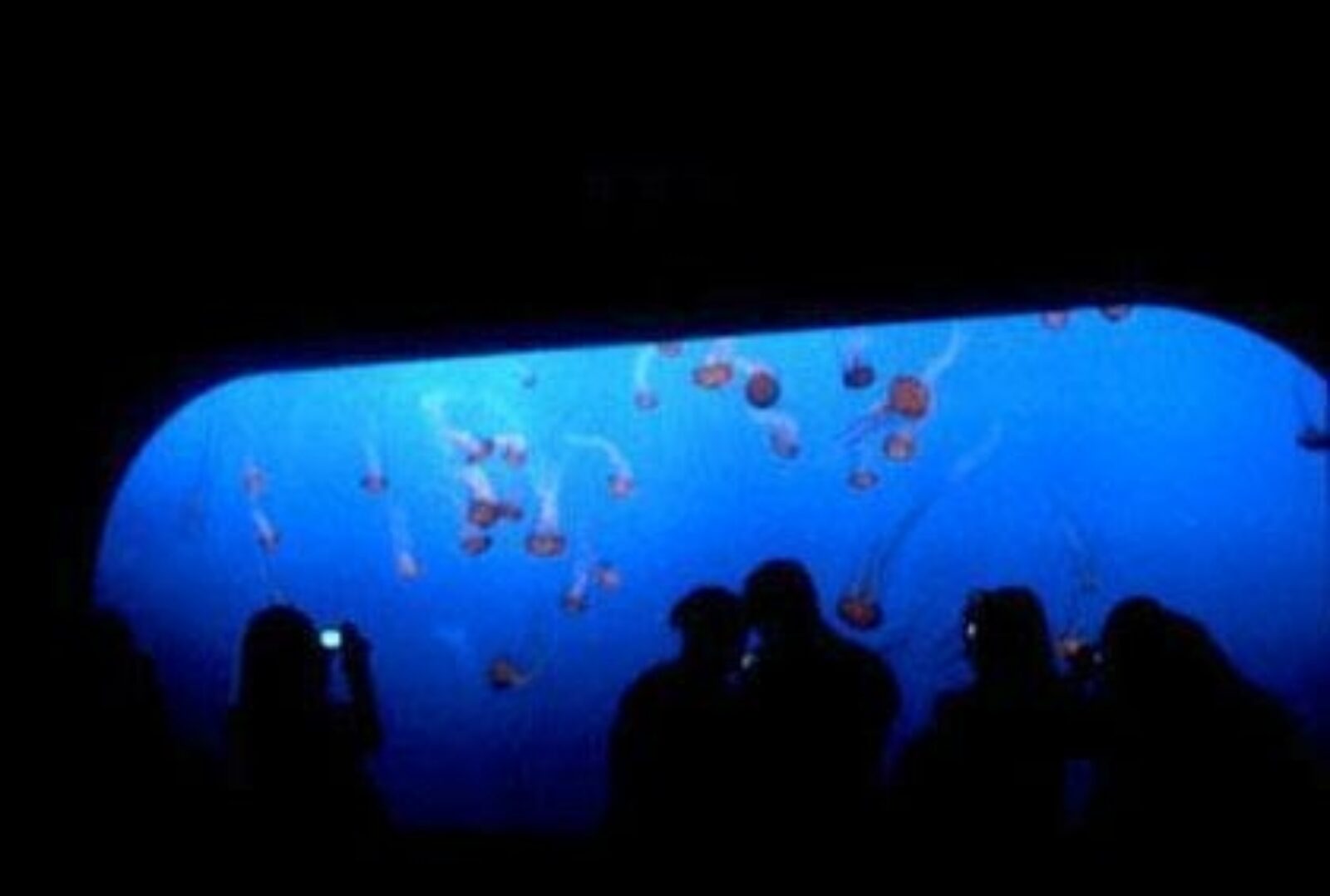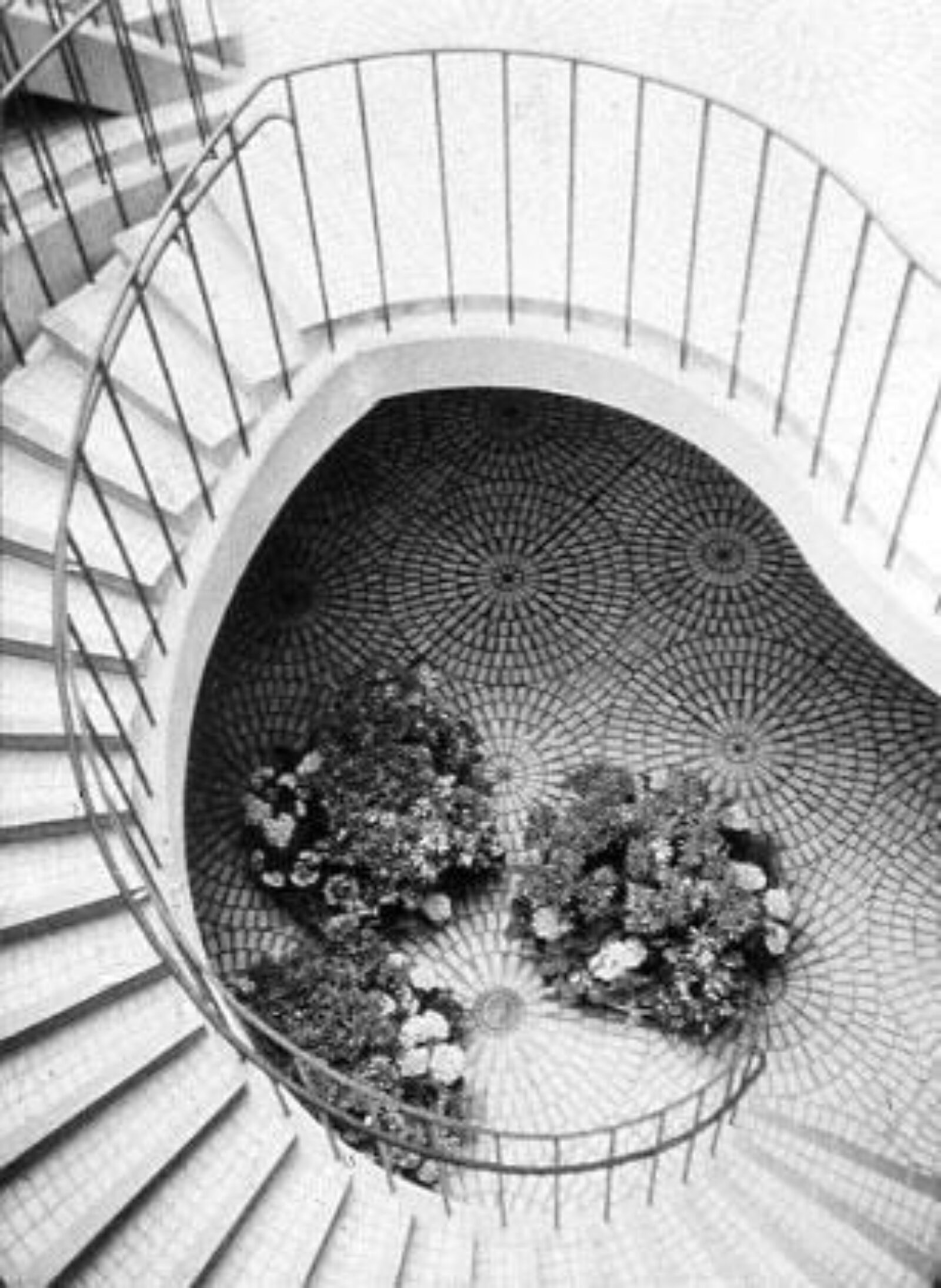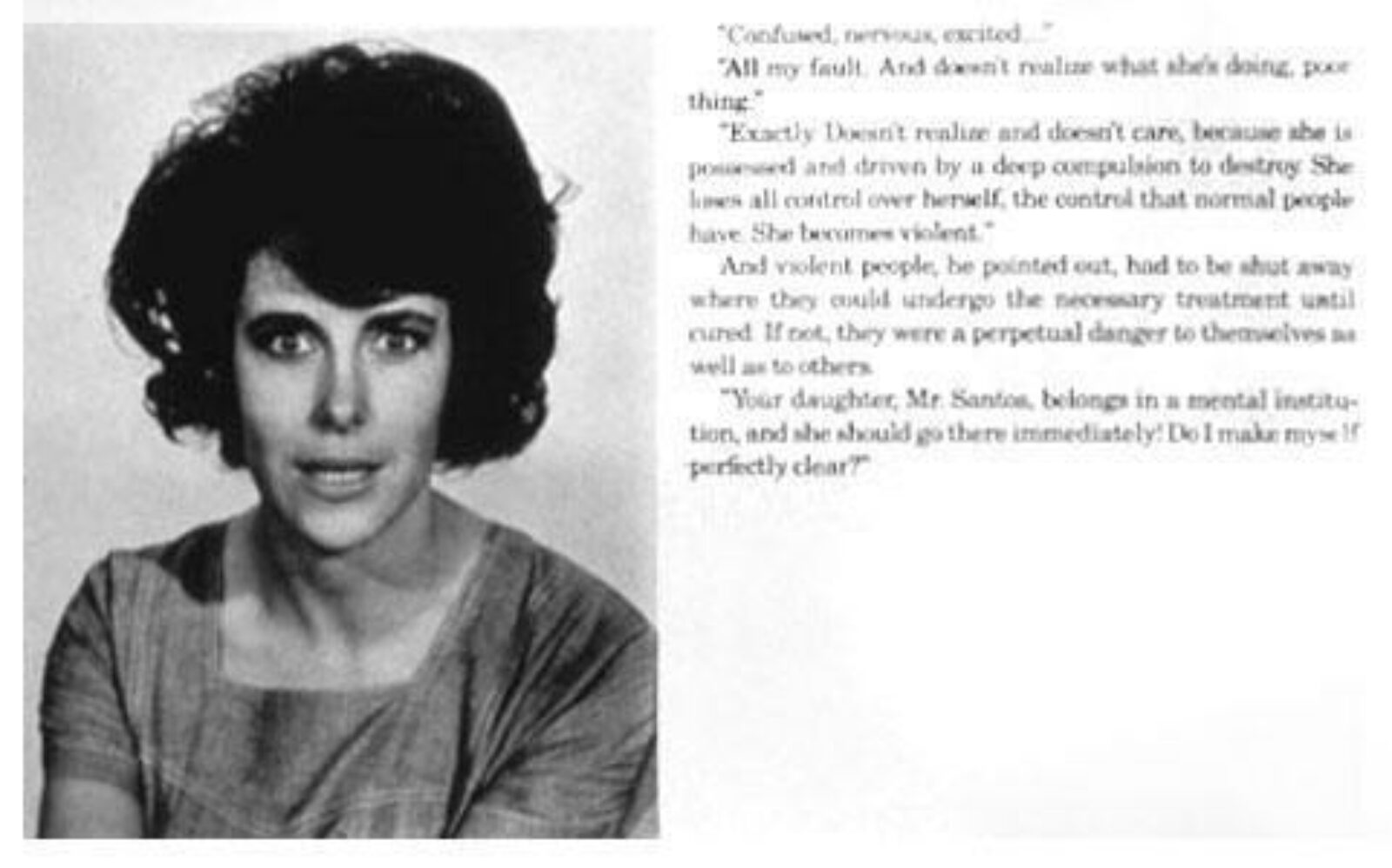


















featured gallery for April 2008
Red, White & Blue
Given the commotion of the current Presidential campaign season, the cacophony of the highly contentious times in which we live, and the strong range of emotional associations of the three colors that characterize our nation's patriotic symbols, choosing "Red, White & Blue" as the theme for our Visual AIDS Web Gallery seemed an instantly obvious choice as we approached the slide archive. Running with the trilogy concept, we decided to choose work that included 1) "Red, White & Blue" as subject matter; 2) one or a combination of the colors as a formal device; or 3) one of the colors as a predominant emotional cue or metaphor.
"Red, White & Blue" as Subject Matter
Considering how much of the political debate in the U.S. has centered on gay rights issues over the past two decades, it's probably no wonder that most of the representational works we chose from the archive incorporated the symbols of American patriotism or politics. In the following selections, we sought to choose work that captured an array of the caricatures and complexities of contemporary US society. We therefore begin the Web Gallery with Bryan Hoffman's decapitated cheerleader (Another Mad Cry for Help II) with the large red "W" on her sweater, a rather prescient choice for a painting executed in 1998. Leaping to the left, giant pompoms in tow, cropped so that her feet and head are not visible, Hoffman's young spirit-monger symbolizes the national obsession with youth, optimism and conformity. David Reyes' tri-color/flag shopping bag (Vieques) does double duty in alluding to the nation's consumerist obsessions and the excesses of the world's largest and most powerful military. Painted in 1998, Ronald Casanova's bloody skull and tombstone-covered Uncle Sam might reference any number of American cataclysms, including obviously the AIDS epidemic, but with so many people including our own soldiers dying because of U.S. interventions in Iraq and Afghanistan, the horrific figure also insinuates a heavy-handed approach to crises that demand diplomacy and compassion instead.
Several of our choices in this section combine politics with sex, a very American coupling, especially as they are an inescapable part of the history of AIDS in this country. In Marc Lida's 1983 painting, AIDS #3, a skeleton interferes with the backroom (presumably bareback) fucking of two strapping, young, mustached men. On a floor strewn with the debris of debauchery (used condoms, half-smoked cigars, and what looks like pork chops), the men seem surprised and annoyed to be so interrupted. A seemingly more wholesome scene is found in Eduardo Mirales' painting Red, White & Blue: A Little Love at Dawn (1998), in which clean-cut, muscled soldiers and/or athletes embrace or kiss standing before a large American flag, most of them at least partially dressed, suggesting (in comparison with Lida's scene) that gay sex had taken a considerably conservative turn in the interceding 15 years. A more direct commentary on American politics and history is found in James Romberger's 1992 painting Bush Kissing Saddam (that would be Bush Senior, given the work's date), and Nancer LeMoins' 2003 silkscreen, Blind Obedience, in which the current President Bush is seen standing on a flag-draped soapbox attempting to bamboozle a crowd of citizens trying to see past him.
Red, White and/or Blue as a Formal Device
The reasons for putting works in this section are perhaps a bit difficult to distinguish, as generally they're rather subjective, but we wanted to look at work that used one or more of these colors in ways that permit the viewer to see how they function formally (as opposed to emotionally, which we look at in the next section). A good example of what we mean by this are the elegant and geometrically exact cutouts in Joe DeHoyos' 1993 collage "Red, White and Blue." To see the pornographic source material in DeHoyos' piece, one must work to read past their op-art arrangements of red triangles, mostly white circles, and blue squares. Although Fran Lewis' 2004 photograph "Compassion" could work in the political section of the Web Gallery (it shows a person sleeping on the ground outside a Walgreens next to a handwritten sign reading "Where is that Compassion? We hear about?"), we felt the composition of the piece offered a delightfully complicated take on red and white stripes with blue and white blocks.
Likewise, the heartbreaking subject matter of Joe Monroe's mixed media piece DANGER (From AIDS Historical Virus Series) might make it equally at home in the first section, but it was the blend of sterile white ground and medical mask juxtaposed with the red "DANGER" stencil and syringe, punctuated by the blue cap of an IV drip tube, all held together with smudges and collaged paper and handwritten text that led us to highlight the formal accomplishments of this work. And finally, Reynold Hauser's 2005 digital print Monterey Bay 4 might make sense in the final section, as its large swath of deep blue conveys a certain calm and perhaps melancholy, but it was the way this shape is framed by the oval at the top that morphs into a continuous silhouette of people viewing the aquarium through this giant window that captured our attention.
"Red, White & Blue" as a Predominant Emotional Cue or Metaphor
This section, against our expectations, turned out to be the hardest of the three to discuss. All of us assume we know the emotions a color represents, but the fact of the matter is that many of the works we found in the archive interestingly cut across these stereotypical associations somehow. The flaming hair and pouty lips of the woman in Luna Luis Ortiz's 1997 photograph Sammy at Jones Beach, for example, does convey the passion we generally associate with the color red, and yet there's a distance to her gaze that echoes the cool breezy association of the tall grasses and blue sky behind her and that makes the vibrant red somehow more serene than one expects. Likewise in TRET's 2000 photo-collage REdna, the anger conjured up by the furiously organic clusters of little leaf-like shapes twisting in three dimensions are tamed by their icy cool blue background. There is an undeniable intensity to the streaky red stripes over Daniel Roberts' otherwise black and white monoprint Roman Vii (Boxer), suggesting the blood and/or violence we associate with crimson, but the sculptural figure of the boxer (looking like he was chiseled from stone) seems impervious to the menace it conveys.
Our assumptions of what we'd find to represent the emotional associations with the color white were challenged as well. Although the formality and perhaps elegance of white is conveyed in Donna Haggerty's 1998 silver gelatin print Flowers, the complexity of its composition countered the simplicity one associates with it, especially for folks like us who work in "white cubes." We chose Rene Santos' black and white Untitled 1979 photograph with text for the way the usual serenity of so much white is broken up by the intensity of the woman's stare and facial expression. And finally the crispness of white is effectively toyed with in Ferenc Suto's haunting portrait (Untitled, 1986) by the ghostly blurring effect in the photograph.
Of the three colors, blue was perhaps truest to its reputation in the choices we made. There's no doubt that Tara Popick's Ocean Series #3 photograph conveys the calming quality of blue, even as the fury of the churning waters don't quite lull one to sleep. A sense of melancholy dominates Hugh Steers' 1993 painting Edge of the Bed, in which a soldier seems reluctant about leaving his naked lover between the sheets or is perhaps questioning the passions that led him there, but this piece would have equally worked in the formal or subject matter categories, with its red and white striped bed and perhaps a hint of a "don't ask, don't tell" narrative. Finally, though, the coolness associated with blue is definitely put to the test by the very hot depiction of a uniformed young man breaking through the ropes that a swarm of tiny people had used to tie him to the ground (strewn with handcuffs, butt plugs, and condom wrappers) in Frank Moore's fantastical painting Gulliver Awake.
In closing, we'd like to thank Nelson and Amy for inviting us to curate a Web Gallery, and say how impressed we are with not only the depth and beauty of the work in the Visual AIDS archive, but also the commitment of this dynamic duo for keeping this vital program a world-class testament to the talent and histories of the artists they work with.
